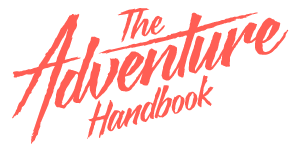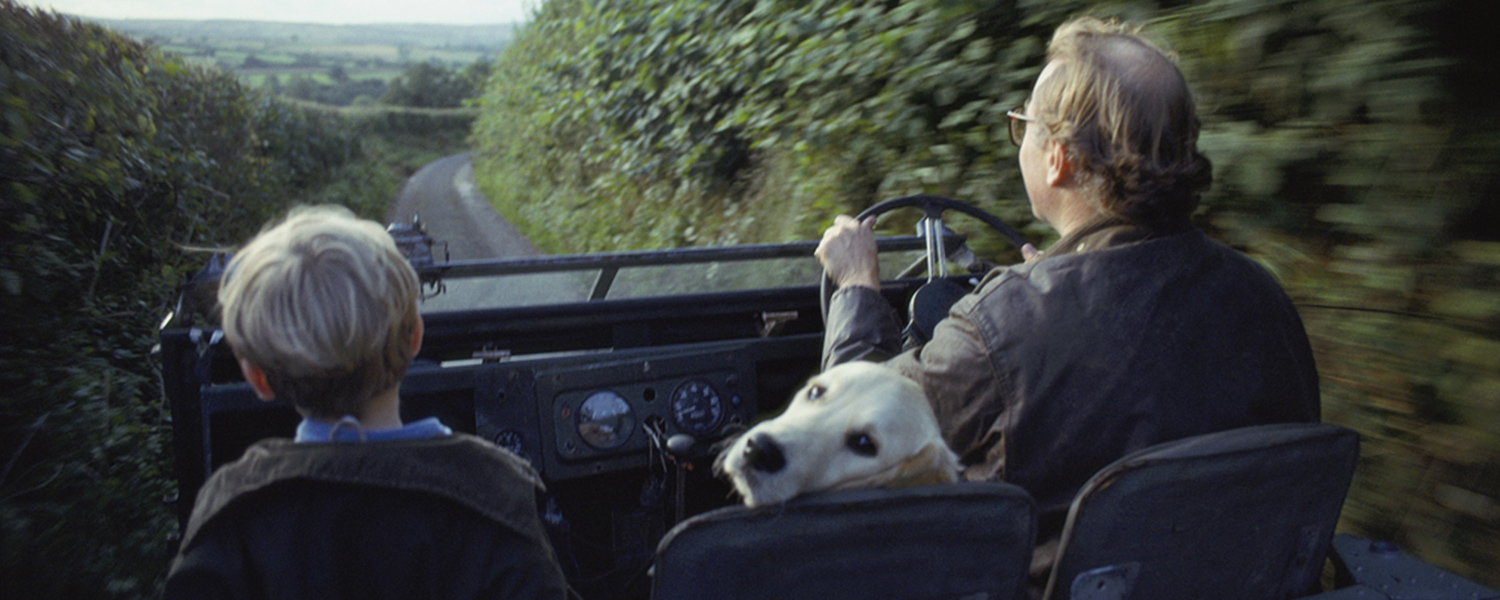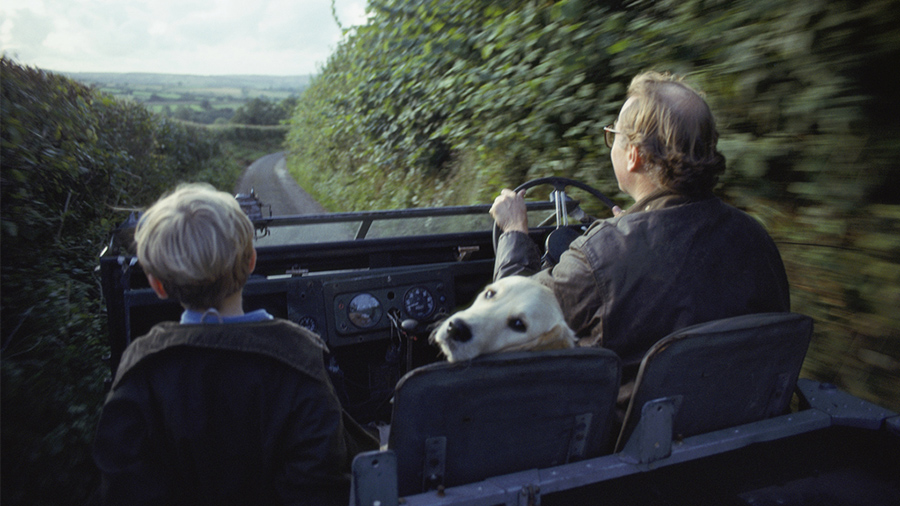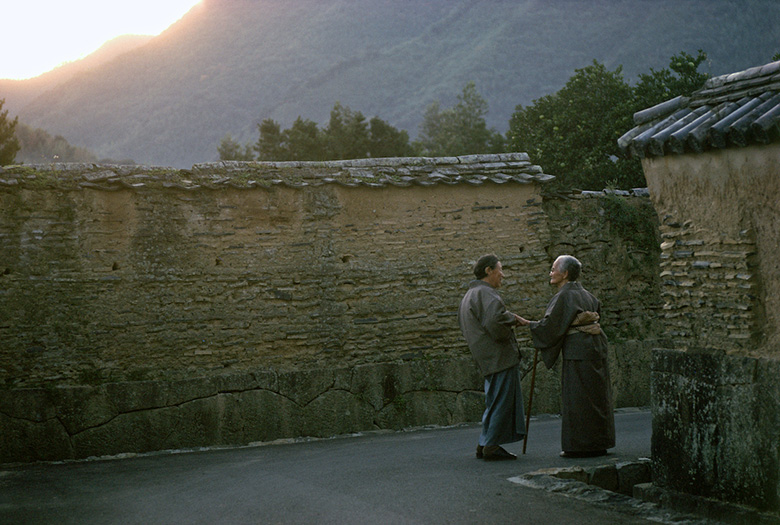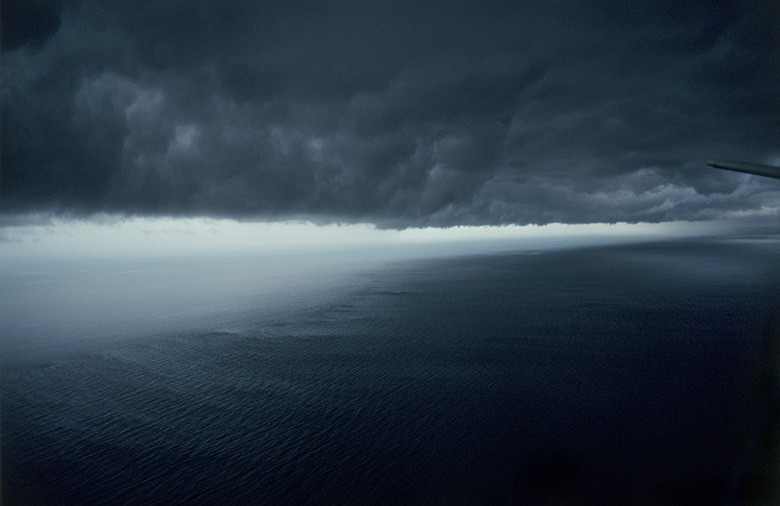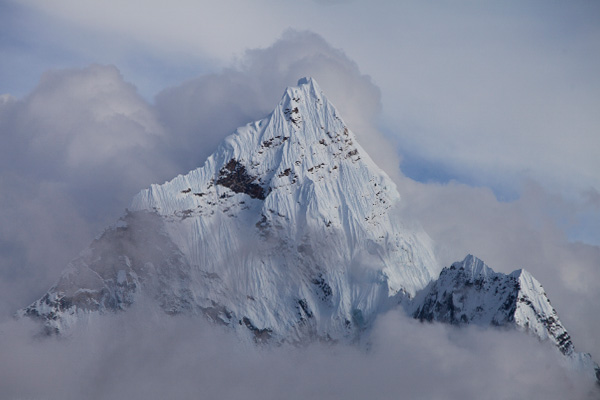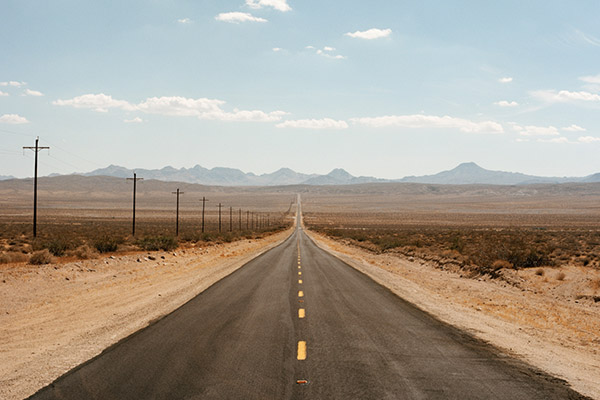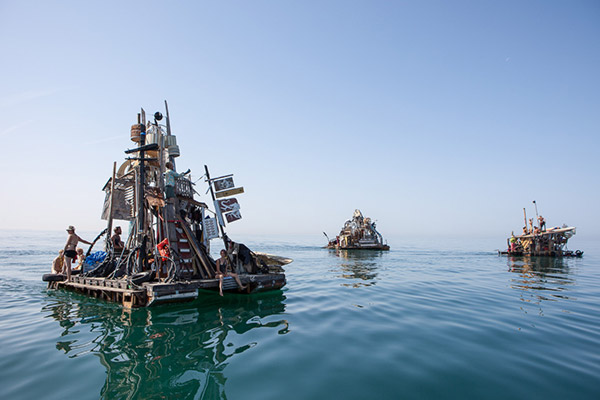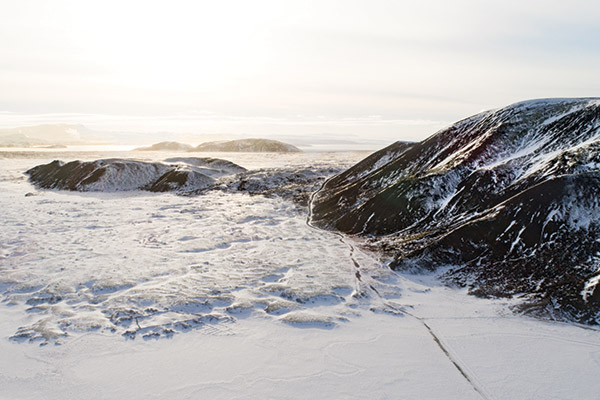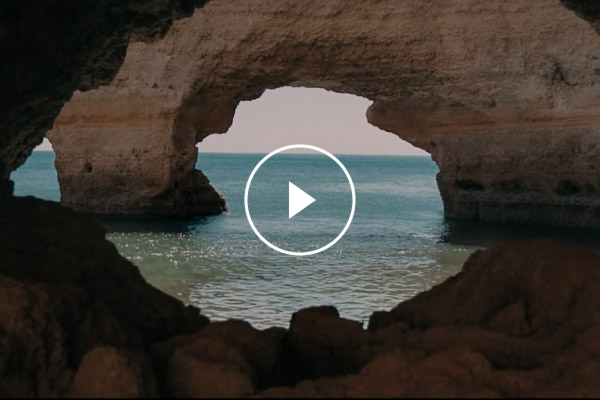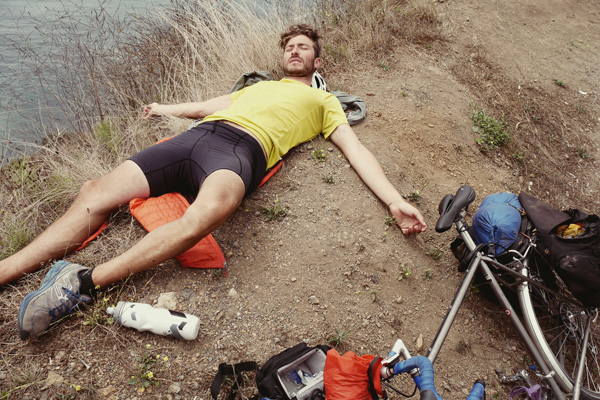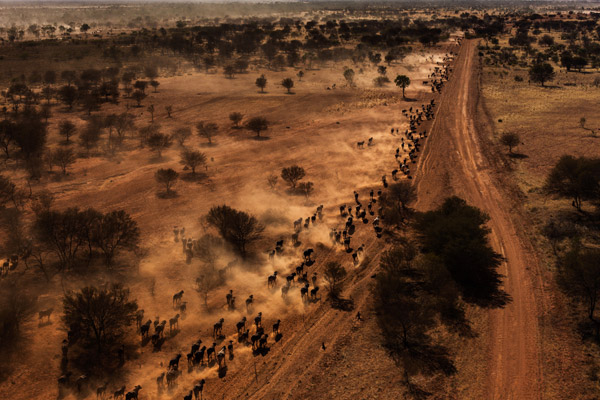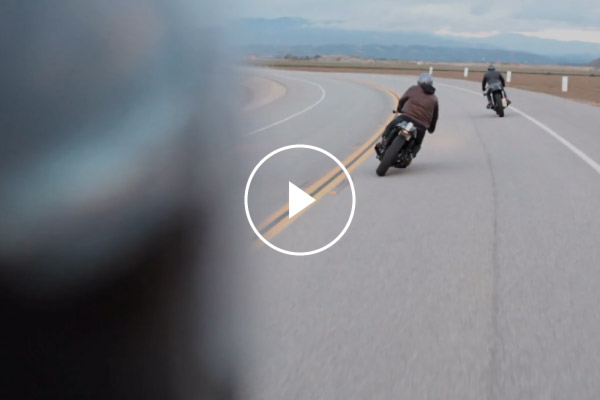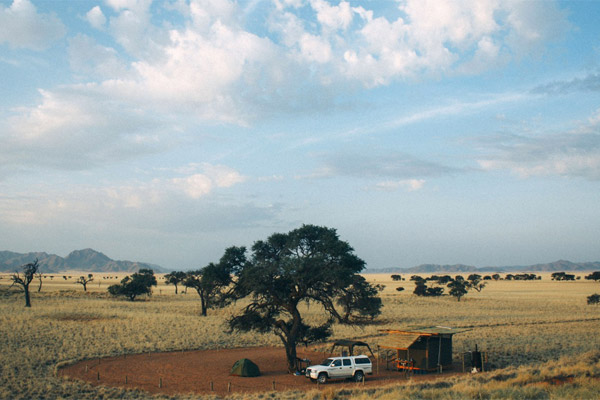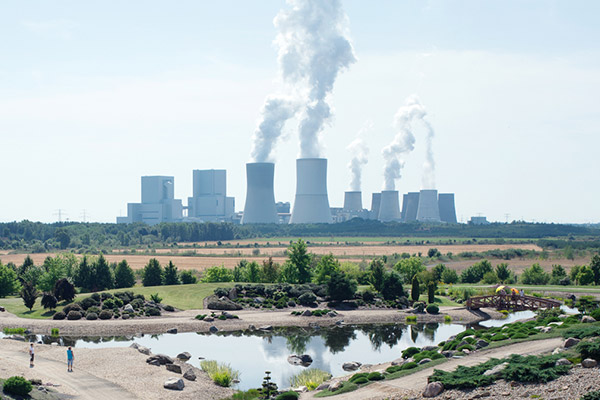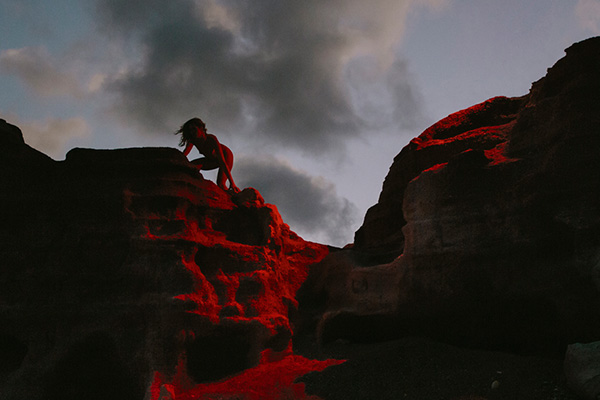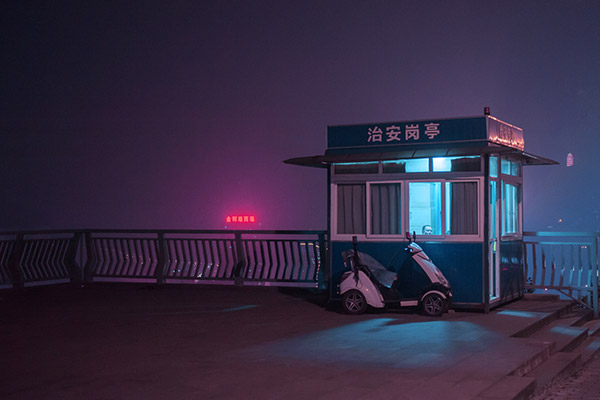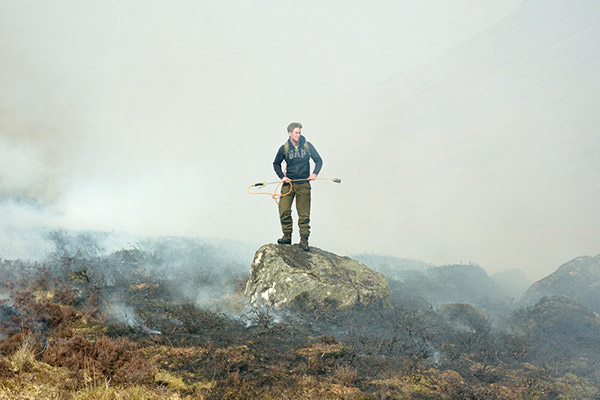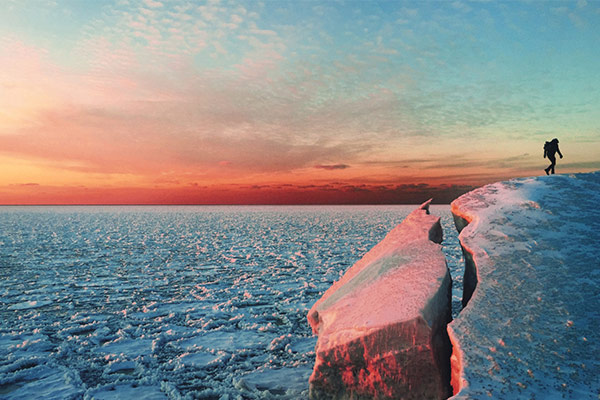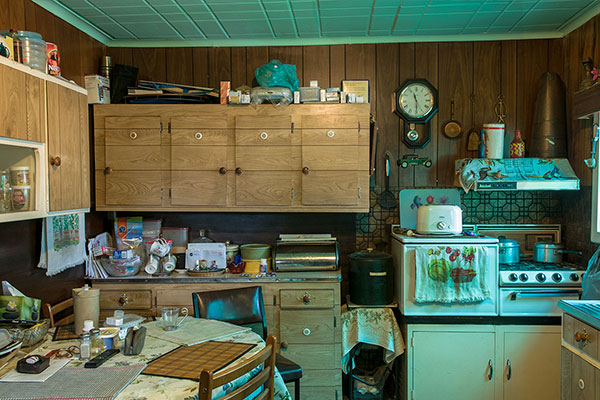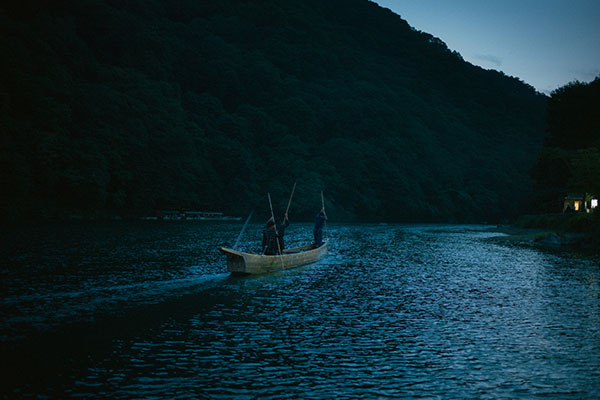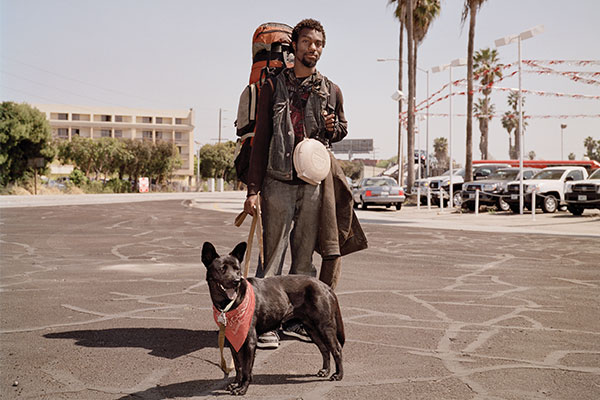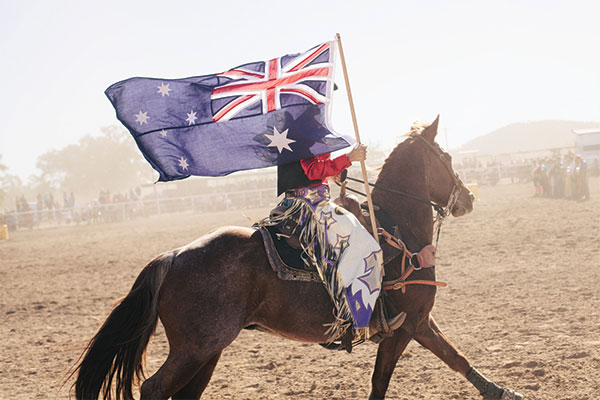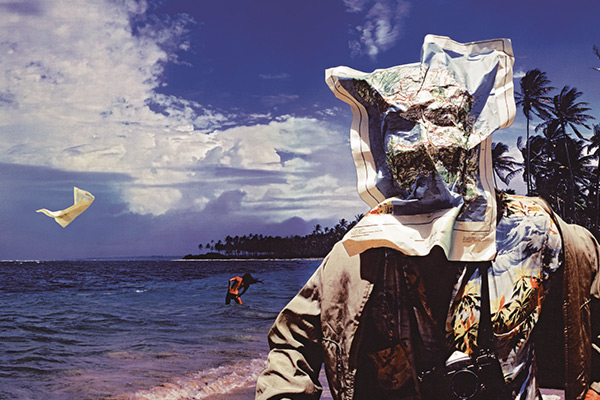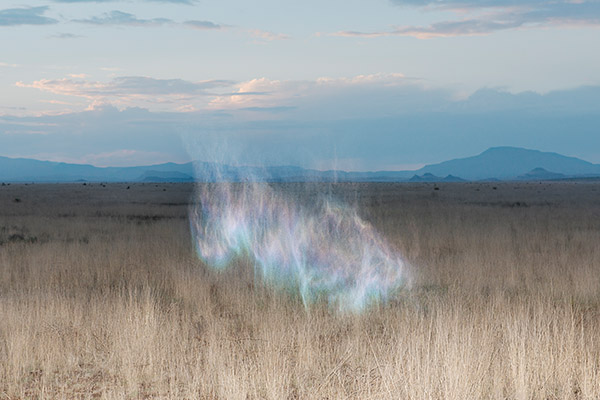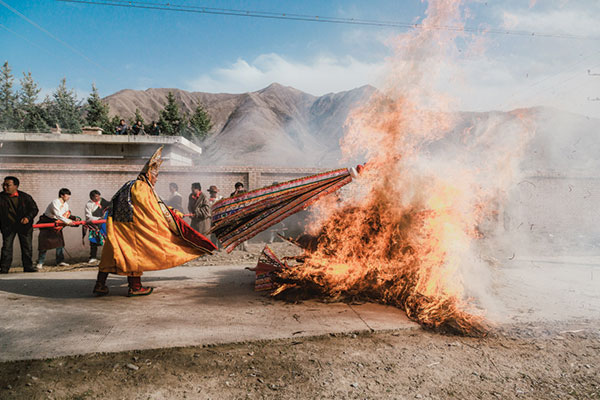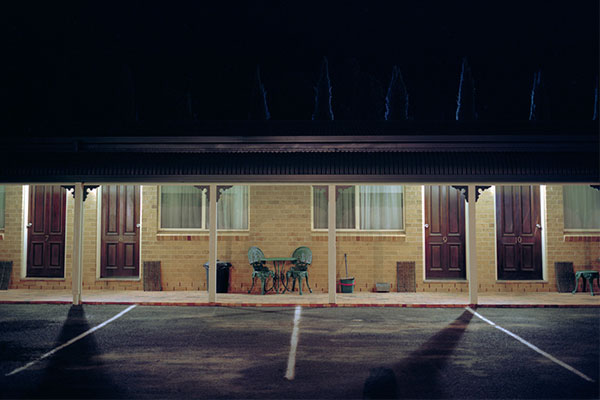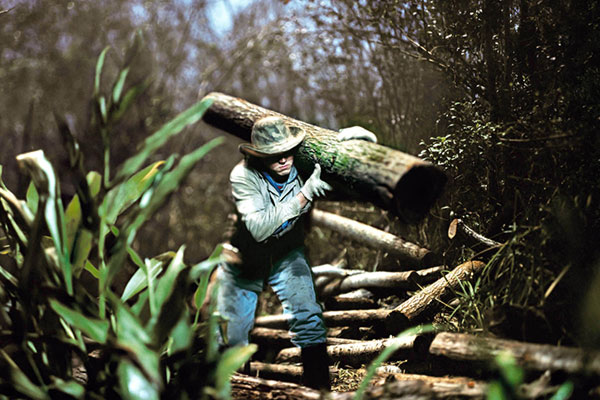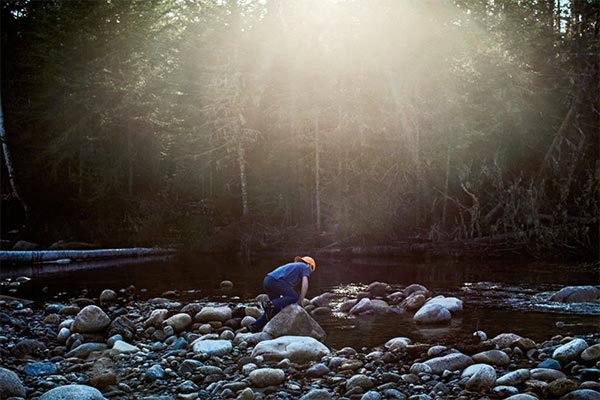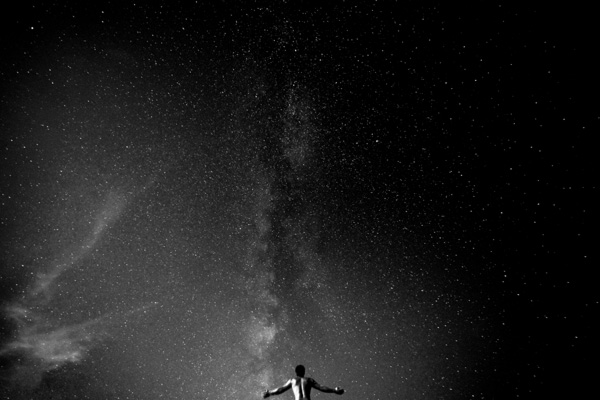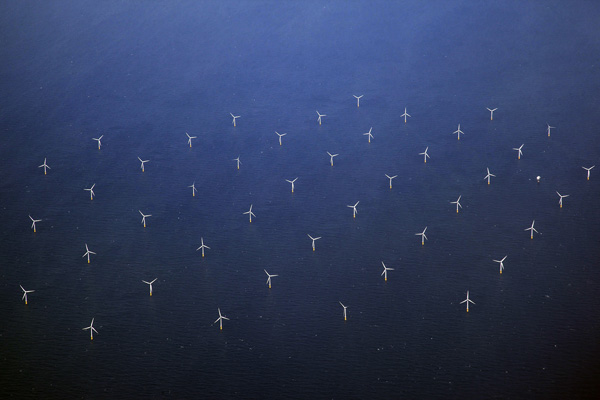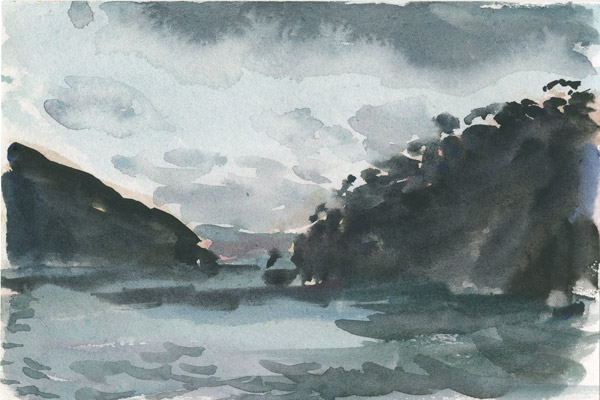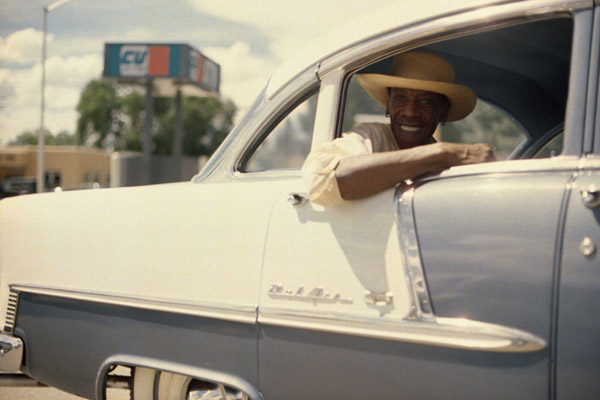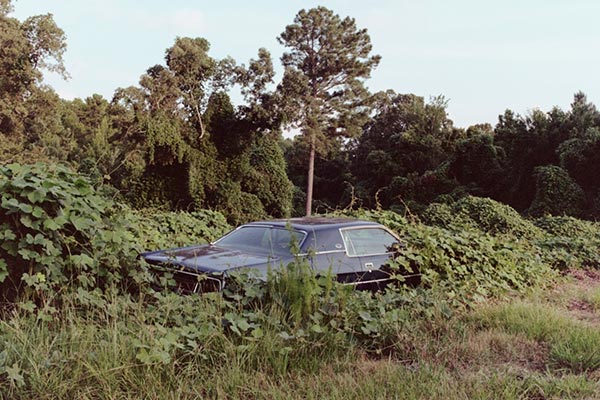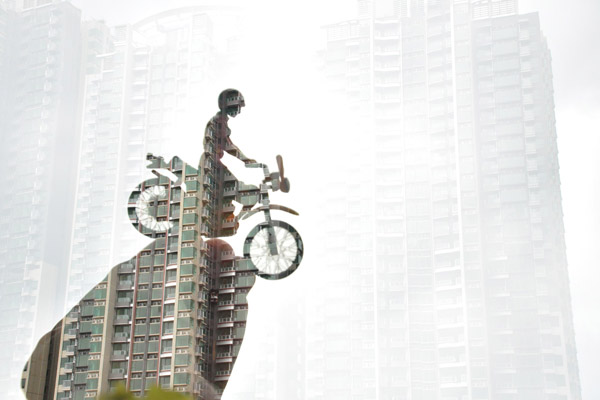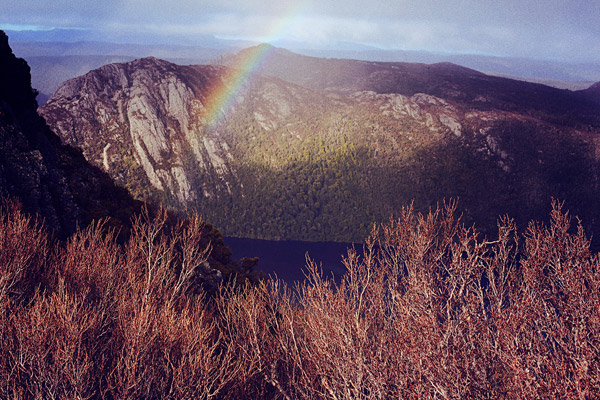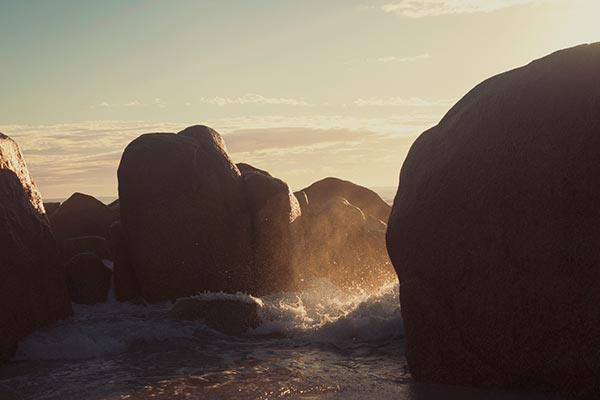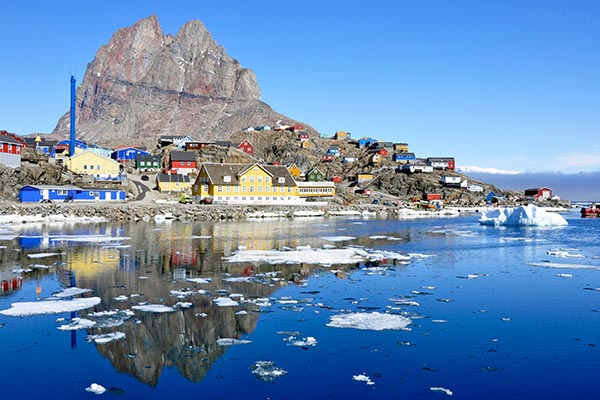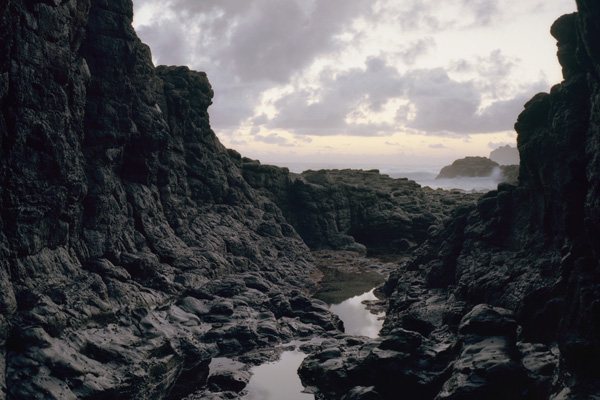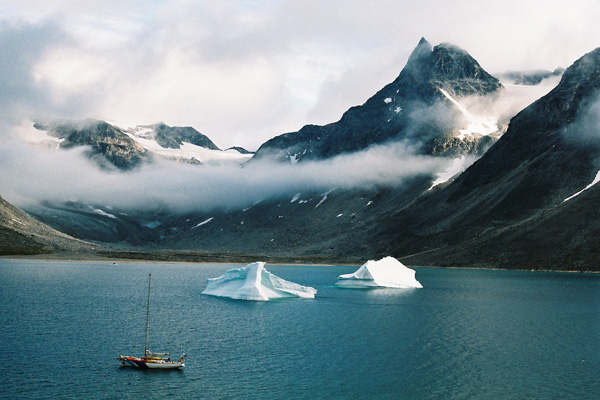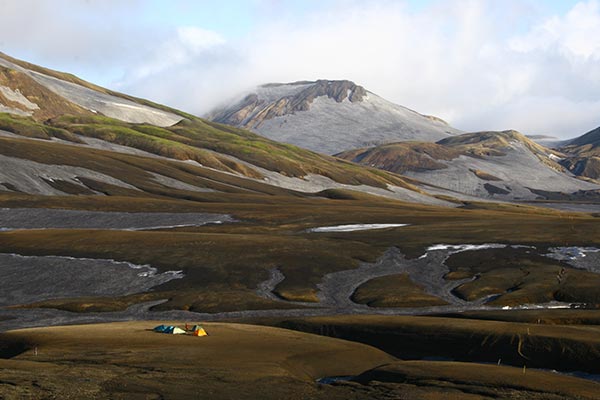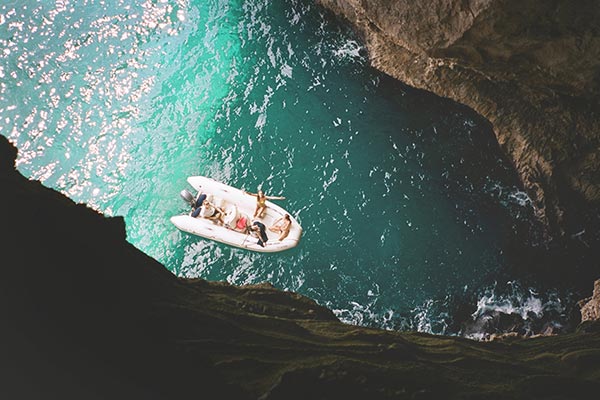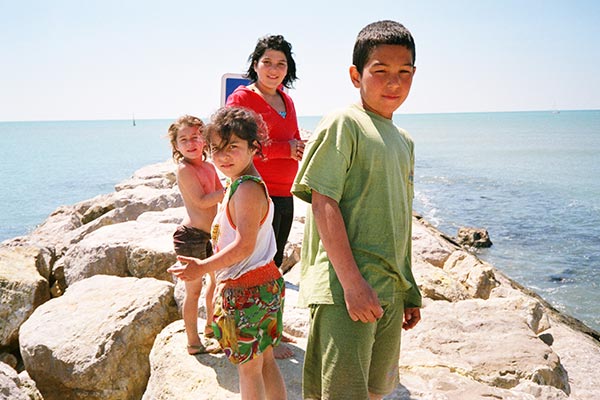This is the second part of our interview with National Geographic photographer Sam Abell. Check out part 1 here in case you missed it.
When you talk about quiet photography and when I look at you photographs, one of the things I notice the most is that you have incredible patience and ability for timing. You compose ahead of time and work from the back to front. Your scene is already composed and you wait for the right moment to take the photos. It’s especially noticeable with the photo in Russia from the window. Is that what you mean by quiet photography? Is it the patience and the timing that’s involved as well?
You know I think that Photojournalism and Editorial photography in general emphasizes the subject and the dramatic situation. Action, energy, drama, and I emphasize the human choreography of life in its setting. So it could be horses on a moor in England or a dog in the back of a car in Wales or Japanese women on a street corner. I emphasize all of those people in harmony with their setting, so when you look at a photograph of mine it’s more than the expression on a person’s face or the dramatic gesture, there’s also depth.
It’s very rare for me to do what I call ‘chase the rabbit’, which is to start following a person or an animal or situation that’s evolving. Even if I do that I’ll try and get slightly ahead of the subject and preview where they’re going to enter a setting that works for me. It’s a choreography.
When going to Newfoundland and having these issues where at first you were failing at trying to make these dynamic compositions, and it sounds like following a formula for what Editorial Photography should be, and then using what seems more intuitive to me and more of an artistic style of photography, do you see much difference between Documentary and Editorial photography as opposed to Fine art photography?
I see none, but the rest of the world does and I’ve been told that many times, going back to my senior year of college. The day before I went to my interview with Gilka, I was in New York at the Modern Museum of Art and the Associate Curator of Photography invited me into his office. For 20 minutes he lectured me on what photography was, and he didn’t mention National Geographic or Life Magazine, which I thought could be a part of that conversation. When I got an opening I asked him what he thought about those publications and he sneered and said in a scornful way “so you want to go off in that direction do you?” and he handed me a Museum of Modern Art book on Walker Evans.
It was my first introduction to what I’ve heard for 50 years, and that is there’s a great divide between Editorial Photography, especially National Geographic photography, and the fine art world. A woman told me that if the fine art world could agree on one thing it would be the to words that describe what fine art isn’t, and those two words are National Geographic. I’ve had many, many instances of that attitude spoken to me. National Geographic, you could say, that’s anti art to the art establishment. I have a very genial acceptance of that, I’m not trying to convince the art world of anything.
What I’m doing these days is not aspiring to be an editorial photographer or an art photographer. For all of my career I’ve been trying to solve the photographic problem that’s right in front of me, and when I do that well it takes all of me. I know that I have an art impulse in me, so part of me is an artist, part of me is a worker that respects a problem well solved. I get all manner of photographers doing all manner of work in my workshops and I’m not trying to persuade them to be like me, or work at National Geographic or become an artist or anyth
I don’t know the full story, but I heard a tale about you on assignment on a plane, where you thought you might be taking your last photo?
That happened twice. They were identical circumstances, separated by three years. On the first flight there was one other passenger other than me and my friend, an Australian photographer, and he happened to be on the second flight three years later. And he said “Sam Abell I’m not flying with you again.” The second time was more harrowing than the first time, and none of us could make the case that we would survive it. In both cases the door beside me on the small plane had be taken off, so the only thing between me and the cyclones was my seat belts. It was as intimate and harrowing as it could be, with no door there.
Both happened in Australia on assignment for the Geographic. The first time I was covering northwest Australia The particular year that I was there was to photograph the season that’s called ‘The Wet’, there’s maximum flooding and towns get isolated, roads and bridges are washed out, it’s very dramatic and a fact of life there. So I wanted to cover it, and it was the driest ‘Wet’ of the century. Day after day there were no big storms, so I got the idea that I would fly out to sea and try to encounter a storm, to photograph it from the outside.
We did that with a young pilot, my friend Mike Osborne, and myself. I said to the pilot make sure you stay outside this storm, which had a very defined wall to it. And then the storm overtook us, and that was a crash worth moment all by itself. Then we were under the storm and the pilot and I were arguing. It was utterly black under the storm and there was only one bit of light, so I said let’s go there, and he said there’s nothing out there, we’ll be blown out to sea with nowhere to land. He wanted to go into the storm, and as we both looked at the direction he was pointing there was a violent explosion of lightning. I said no we’re not, we’re going out to sea, which we did. So we went back through the curtain wall again, which was another crash worthy moment, and then he found an abandoned oil exploration landing strip, which he said was not even on the map. So we landed and waited out the storm and then took off.
I said that would never happen again but it happened three years later. But in that first storm, photographically speaking, there’s a real moment where in order to settle myself I photographed the edge of the storm from underneath. I did it to calm myself, but also I found the visual atmosphere of the scene that I was looking at unbelievably beautiful. I thought to myself ‘I’ll never see this again’, it’s that rare a sight – a cyclone’s edge from inside a cyclone. It was such a distinct line that it formed a version of the horizon, which has always beckoned me. That horizon line has always been something that I’ve responded to photographically. I’m always trying to render the horizon line in my photographs.
Three years late I was in a worse storm with two friends of mine, both Australian photographers, and this time I was so consumed by apprehension and fear that I failed to photograph. And it was a big mistake, because we were surrounded by fork lightning, which is dramatic, loud and brilliantly bright. If you’ve ever stood on the ground and seen a summer thunderstorm where you see in the clouds, I’ve always wondered what it would be like to be up in the clouds, and there I was in such a storm with fork lightning all around the plane. There was no end in sight, it was just turbulence for an hour. So I just held on and thought about my life and felt bad for my companions because they were younger than me by 15 years or so, and one guy was married and had a couple of daughters. I just felt that we were all going down.
I met a guy once in Southwest Australia who’s job was pulling wrecked places out of the desert. He had a special flatbed truck and he was a specialist in one thing, and that is small plane accidents in the Western Australian desert. He had lots of stories and the second flight especially had all the characteristics of why planes go down. Our pilot was afraid, we were low on fuel, there was no place to land and we couldn’t turn back, so we had to fly onwards to Darwin where all planes were grounded. We had been listening to the pilot speak to the tower in Darwin, and when it got very dire he turned off our intercom and cut us out of that communication, so that was another sign that things weren’t good. I still have the little gaffe taped flashlight that the pilot used to read his dials, because the plane was not equipped for night flying.
How did you get yourself in that position again? Were you looking for the same kind of shot?
The second time it was about light. I wasn’t trying to photograph the storm, I was pushing the envelope of late light. I’ve gotten into trouble maybe half a dozen times in my career where I’ve pushed myself and whoever was with me into a troubling or even dire situation because I was photographing the last light. If you’re near the equator the sun sets quickly. It’s good strong late light and then suddenly it’s dark. The sun abruptly rises and sets there in about 20 minutes. There’s some power that light has over me when I’ve got a camera in my hand, and I want to stay with it for as long as I can.
When you developed your photos, did you have to send them back to Washington DC or was there a place in a nearby city in Australia where you were able to develop some of your work?
For the first 20 years everyone sent back raw film, you did not get it developed in the field. That could go on for weeks and months, you could do a whole assignment easily. I did a long four week canoe trip in Alaska and I had mishaps with my camera, capsizing and things like that. During those four weeks I saw nothing, and no one told me that would be a fact of life at the Geographic. You just encounter that reality and you learn to live with it, or not. I pulled a photographer out of the field who could not take going on one more assignment and not seeing the work they were doing. I came to believe that working for the Geographic was kind of spiritual in an unusual way, in the sense that you had to work on faith.
I was once in film review at the Geographic because I had broken my back, and I was just looking at any incoming film, trying to learn. I was looking at the work of Jim Stanfield, a legendary staff photographer at National Geographic, and he had great pictures in this shipment. I called to tell him and he was curiously indifferent. By then a week had gone by and he was on the other side of the United States, and I realised he had to put that behind him or it would handicap you. He had to make the pictures and move on. I saw in his reaction my own life. He was concerned about the photographic problem of that day, and that’s what mattered the day I called him.
No one does this. All workers see their work. Writers see their writing; sculptors see the rock they’re working on. Photographers nowadays see their photographs but I think they suffer in a new way. Everyone sees their work right away, not only do they see it but their editor sees it with digital transfer. The editor can see that you’re doing well and shorten your assignment. When I went into the field there was no way for anyone to reasonably shorten my assignment or call me in. I was well and truly gone and on my own.
At the Geographic there was never a shot list. There was a general outline of what the story could be or should be and you produced the story as well as photographed it. There wasn’t any oversight at any time; it was extremely free and trusting. It wasn’t for everyone by a long shot but it worked for me. It was a harder life than people think, and one of the tests was whether or not you can work for two or three months and not know how you’re doing, and not even know if your cameras are working.
That’s something else I was wondering about, did you ever have that issue where you shot blank roles or anything was lost in the mail? I had an issue in Indonesia where film went through an x-ray machine and ruined everything.
I had some film damaged by x-ray in Tierra del Fuego. There was a conflict between Chile and Argentina and I had to pass through a border customs where they x-rayed my film heavily. I never lost any raw film I sent in. It happened to other people. I lost film to accidents in the field. Canoeing in Alaska I lost exposed and unexposed film and I was down to a very small supply of film and a Leica rangefinder camera. I lost all of my Leica lenses in the capsizing. Years later I came upon an article in Canoe magazine talking about this river I’d gone down, and they said there’s only one rapid on this river, which you may want to go around. It’s called Leica Rapids for the National Geographic photographer who lost all of his equipment here. I think that’s an informal thing, you wouldn’t find it on any maps, but it’s now known according to that article as Leica Rapids.
Do you think as the world becomes more visually literate and develops a more common understanding of the mechanics of photography, that perhaps an exchange occurs? If the photographer is dealing with perhaps a more sophisticated audience, then on the one hand it may be a little more difficult to persuade, but on the other hand the sophistication of that audience allows for more sophisticated stories to be told?
It seems to me that this is the golden age of amateur photography. How do professionals, that is those who are committed documentary, editorial, photojournalists, how do we go about telling stories that are convincing and compelling in a visually saturated environment? I suppose there are two paths forward to me. One is to increase the voltage on editorial photography and make ones images more gripping, either emotionally or graphically. The other path is to do something that is uncommonly, unexpectedly quiet in a sustained and compelling way.
That’s the path that I tried to be on at the Geographic. I took on the challenge of making my work compelling, yet retaining quietude. I guess I’m challenged by that question since I’m not in the competitive publishing world of editorial photography any longer, so I feel like I’m really on my own wavelength as far as photography goes.
Has it changed your particular approach over the decades?
One thing that digital has done is allow me to see my work in the field and relate to it in the moment, and I’m able to refine what I’m doing. Another thing is film speeds have allowed photographers to push into areas where film photographers never could go, or if they went there, it really looked like Ektachrome that had been pushed too far. There was kind of a cut off point in terms of light and darkness and you couldn’t easily sustain your photography into the night. I did and others did it using tripods, some people became masters at electronic flash but I was not one of those people. Now I push my photography farther into the night.
That’s not really a spiritual answer to what you were asking but it represents a change, and a change for the better. For photographers now the range of subjects they can photograph is greater because of advances in digital imaging technology. That’s good for photographers and it’s good for viewers of photography.
I think one of the problems for photojournalists is that their understanding of a scene or situation comes from both their prior knowledge of the subject matter, as well as their sensory intake at the time (what do they hear, what do they smell). None of these things are 100% strictly visual. They then have to translate that idea into something that is visual. Can you talk a little about the challenge that it’s posed for you over the years, and maybe a bit about the process of looking for cues within a scene that allow for those ideas to be represented purely visually?
That’s another good and complex question and again I’ll have to talk around it. As regards to having the knowledge of the subject in your mind, based on photographs that you’ve seen of that subject, it does influence what you think of it when you’re standing there. I’m thinking of photographing the Aborigines in Australia and there were many paths forward, one of them was raw reportage and that would yield a certain kind of intense photograph of scenes that might be deplorable to an American middle-class audience.
You’re looking at a scene, and it seemed like what I did was try to carve out a middle ground between that raw realism and what I would call an idealism on the other hand. I was constantly aware of that. Of my own sensibility and I would say the sensibility of the reader, and the reader was represented by the editors at National Geographic. They were looking for photographs that were fair and faithful to the subject but also not overly challenging to the readers. In this I mark a difference between the Geographic and GEO, a German magazine that was a competitor with the magazine. They covered some of the same subjects, and I vividly remember their photographs of Aboriginal communities being more raw. I thought that represented a taste in photography that’s European. I couldn’t see those same photographs being easily published in the Geographic. I would say photography in the Geographic was a little more reassuring.
That makes a lot of sense to me, from seeing some of your photographs. No matter what, if you’re shooting you’re always going to be selling a story, and shooting from a certain perspective. When I look at your photo of the castration of cows at the ranch, those people look very heroic and it works really well for National Geographic. I think if you were shooting that same kind of scene for something like PETA or the German magazine that you were talking about, you could tell it in a very different way. Are the photos telling the story the photographer wants the audience to see, are they selling us something?
Take the photograph of the branding. Geographic declined to publish that the first time around. They later published it in some kind of forward matter. I consider it to be possibly the best photograph I ever made at the Geographic. That’s the one I would show to Cartier-Bresson or Bruce Davidson and say ‘here’s an example of my work’.
National Geographic didn’t publish it, they had a chance and they didn’t. So I made a personal, quiet campaign out of making that photograph well known. Every time that someone asked for a photograph of mine, that’s the photograph I presented. Eventually the picture did get a following and a good life of it’s own. Geographic seeing that, found a way to publish it so they could claim they published this picture. They later named it one of their 50 best pictures made at National Geographic. Editorially it fit perfectly with the story of Charlie Russell, the cowboy artist of Montana, and that branding picture that we’re talking about was taken on the ranch he worked at, not a nearby ranch. It had great editorial credentials; everything was right about it except that it was too raw. It’s a castration, the guy’s got a knife in his mouth, there’s blood on his hands. GEO (the German magazine) would have published that picture, I believe. They were not afraid of blood.
With that photo, in the end it almost shows the heroics of the cowboys. I think that’s an interesting part of it because if someone else had shot it they might shown the cowboys in a different light. If they wanted to show “castration is wrong” they would shoot it in a completely different way, and I loved the way that you captured them.
One of the things I was after that day was an overarching statement of authenticity. The knife in the mouth and the blood on the hand and the roughness of the cowboy life that that picture depicts. It’s built up the way I build up pictures, from the back to the front and then from the front to the middle. Everything clicked with that picture. The very first time I saw that picture as raw film I was not happy, because I remember as a photographer being there that just moments before that, that same calf had been branded and the brander of that calf had come in right beside me with this blazing brand and put it on the hide of that cow, and it smoked. So that picture that we’re talking about, with the bottom layer, which is the calf… I wanted everything that you see in the photograph, plus the actual branding. It happened, but in the photograph where the brand is being applied the top of the picture doesn’t work. On site I thought it did, and I thought it was this really great moment, but I was wrong.
I was right maybe 60% of the time in the field, judging when the right moment had been for it all to come together. Knowing that I always photographed through situations, I never said to myself “this is it and I can stop.”
Now I do that with digital though. I worked for 45 minutes on a picture of koi in a pond in Japan. Over the koi pond was a network of strings to deter Herons and other birds from eating the fish. When I walked up to this it looked like this very sophisticated, modern Japanese koi pond with an art exhibit over it. So 45 minutes go by and I’ve refined the image and it feels like this picture is coming together in a way I want it to. I made the photograph and I looked at the back of the camera and thought I’d got it, the fish were dispersed and it was kind of over. But it was really only over because I could look at the back of the camera and see it was over. If I had been a film photographer, likely I would have stayed longer.
How would you like your work to be remembered?
I think the only way that I will be significantly remembered is through the teaching that I’ve done. I’ve taught workshops since the mid 70s so I’ve had a long career as a workshop teacher of photography. I have the overt aspiration to change how people see. Not just to improve their photography but to affect how they see the world. Based on comments that photographers write at the end of these workshops, that has happened with large numbers.
They come in to a workshop of mine and they see in an undisciplined way, and they believe that a new lens or new software will make them a better photographer. I’m out to give them the tools to see the world in a more discriminating way, and at the end of every workshop I believe that’s happened to the majority of the photographers.
It’s a way of seeing but that leads to a kind of photograph. I’m always careful to say at the end of the workshops ‘what you’ve had this week is a dose of the way that I see, and you’ve seen the result, and that it leads to results. Not always, but it puts you on the path to getting a result. It begins with how I see the world and then I bring the camera up to my eye and the scene organizes itself. I tack on to that, importantly, you don’t have to adopt this way of seeing but at a minimum you’ve seen that there is a way to take pictures that doesn’t have anything to do with money or equipment or software. It has to do with how you as a person see the world. That will last as long as my students are alive, I think.
My body of work I see as proof or evidence as a way of seeing. National Geographic cited two of my pictures as two of the 50 greatest, after I had left so I had nothing to do with that. The two pictures appear to be very different; one is the branding and the other is the picture of the pears on the windowsill in Moscow, but they have a lot in common. They’re deeply layered and intricately composed, so the work that I want to be known for flows from the way that I see and to me that’s the enduring thing.
Interview by Matt Lief Anderson with additional questions from Andrew Shapiro
Receive a postcard from us sign up

